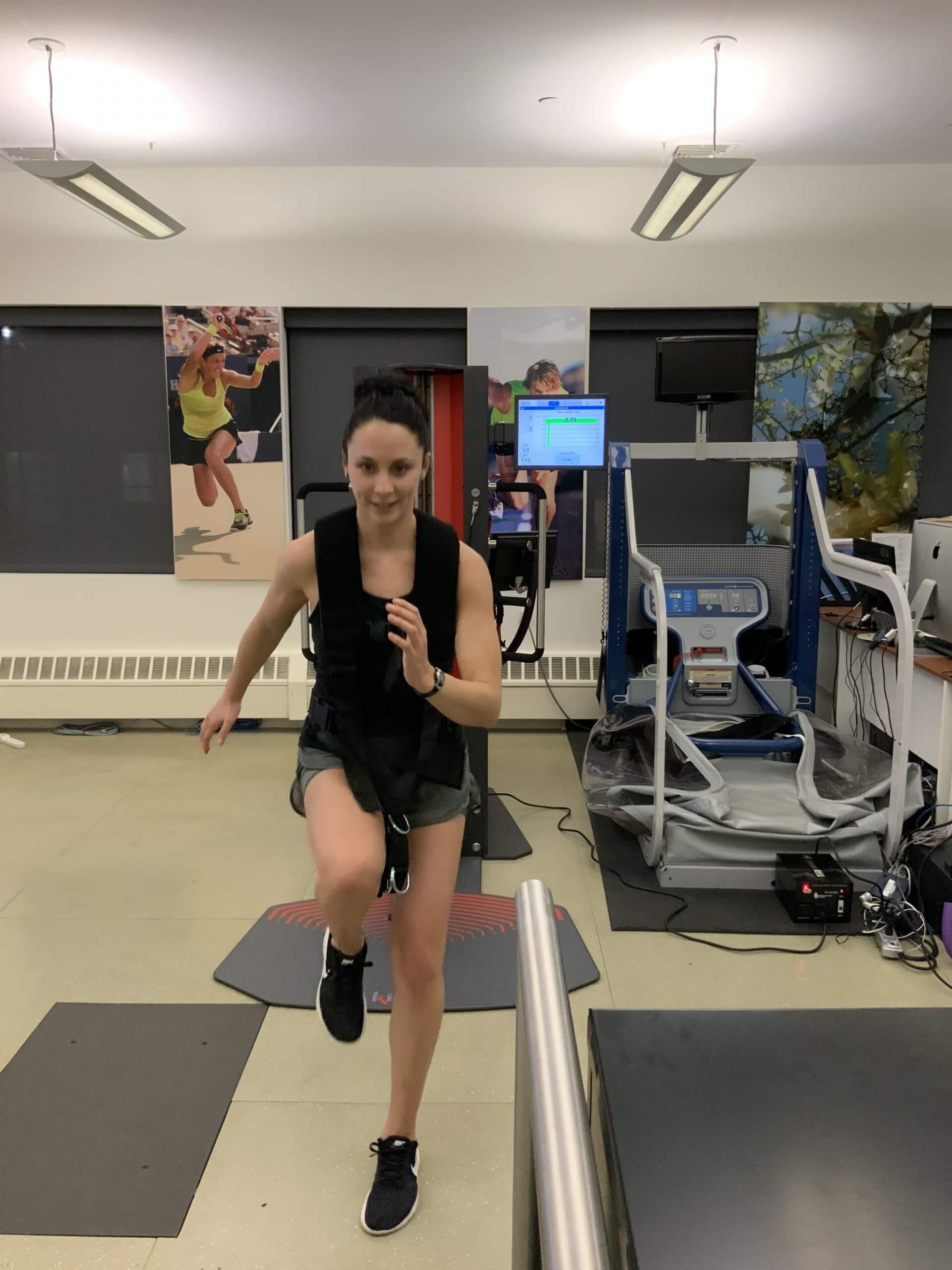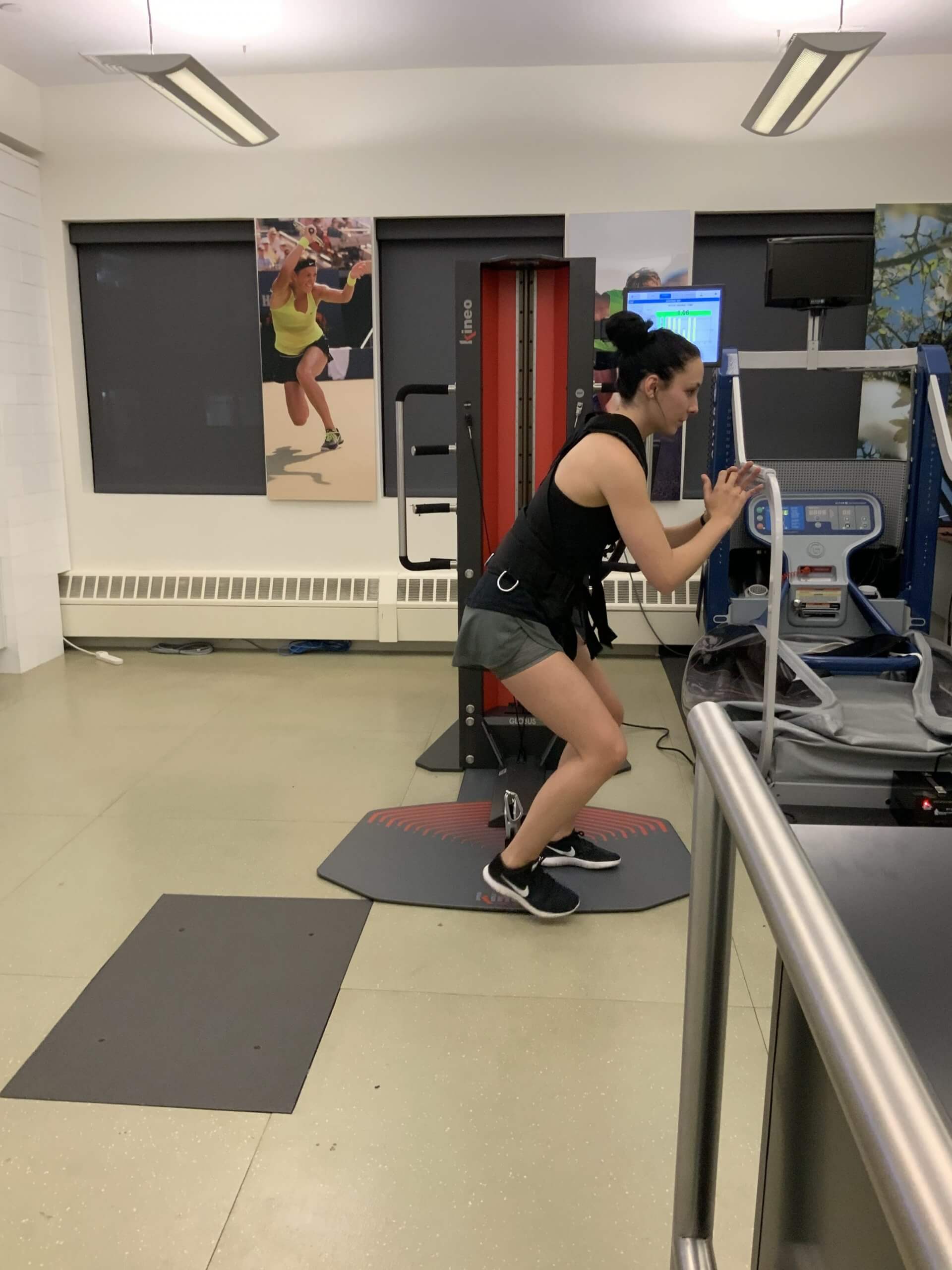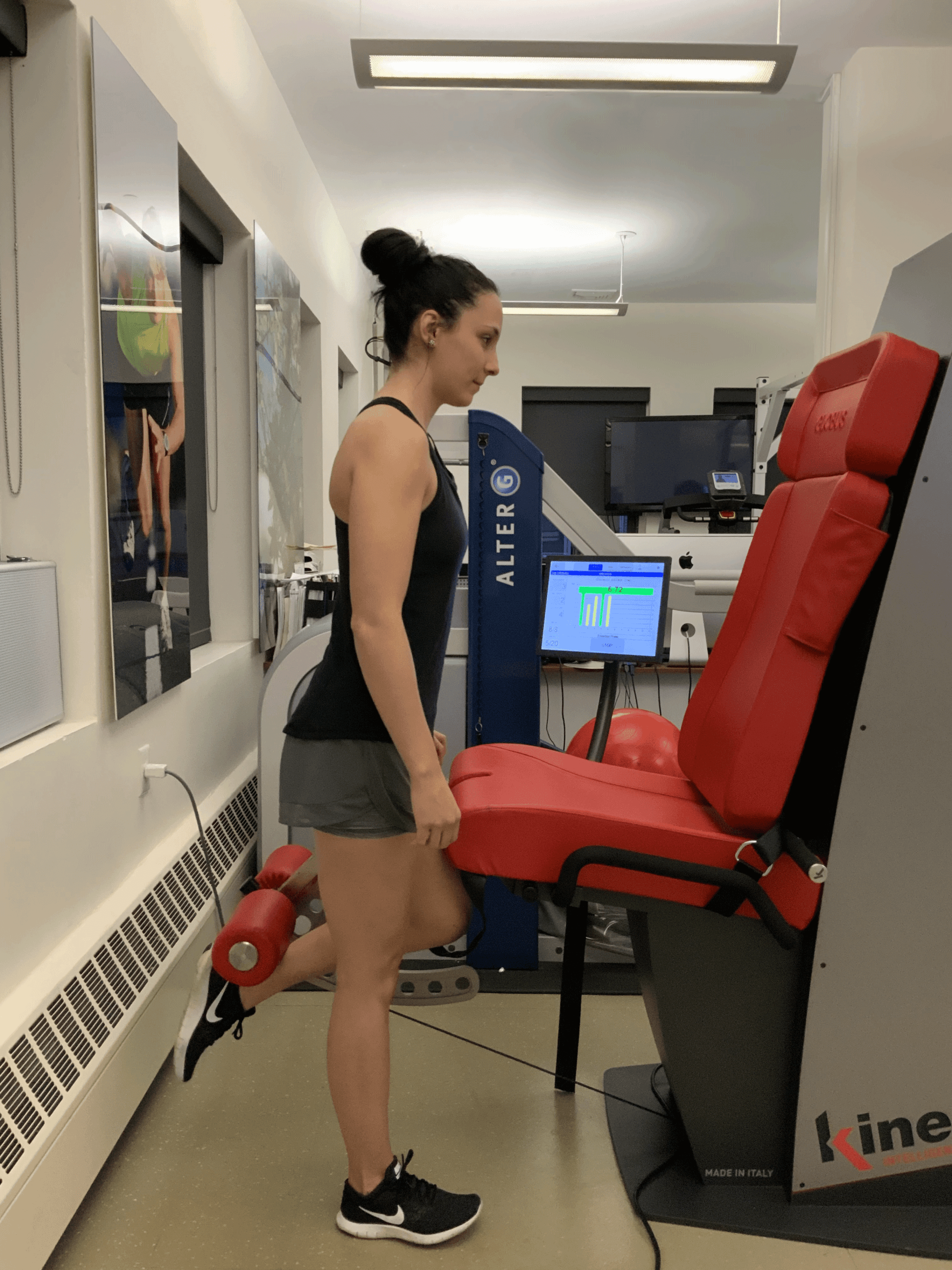For women, running can be a great activity for fitness, weight management, recreation and mental and emotional wellbeing. Running and other physical activities give you a sense of control over your body and help keep you strong, and able to perform at your peak. But the ever-changing nature of human female biology is not always conducive to safe and efficient running.
The more you understand and know about the changes brought about by pregnancy and childbirth, the better equipped you will be to safely resume your running program after your baby is born.
Some women enjoy and embrace the various stages of pregnancy and childbirth, while others feel helplessly out of control. For many physically active women, pregnancy undermines hard-won fitness goals, and some may feel a sense of betrayal by their own bodies.
Almost all new mothers feel pressure to restore their bodies to their pre-pregnancy shape. But returning to running too soon after childbirth, before your body has had time to recover and heal, can be a terrible mistake.
Your body undergoes profound changes during pregnancy and childbirth, and there is more to the recovery process than just lacing up your shoes.
Pelvic Floor Changes: Your pelvic floor is a strong band of muscle and connective tissue that holds your uterus, bladder, bowels and other vital organs in place. It also plays and important role in pelvic alignment during physical activity. Your pelvic floor becomes stretched and weakened during pregnancy, which can contribute to a broad range of potential problems and increased risk of injury.
Organ Prolapse: During pregnancy, your vital organs shift position in your pelvis to make room for the growing fetus. After childbirth, your stretched and weakened pelvic muscles are unable to support your pelvic organs, and they may sag into your rectum or vagina, a condition called pelvic organ prolapse, or POP. The condition can cause discomfort, sexual dysfunction and urinary incontinence. POP will not go away by itself, and you may need to consult a pelvic floor physical therapist to help correct it.
Lactation: Your belly is not the only thing that grows and changes during pregnancy. Your breasts become larger and engorged with milk, adding weight and discomfort, and contributing to postural issues. Running can be very uncomfortable, and you may need to double up on running bras for extra support. Your bone mineral density may also diminish while you are lactating, increasing your risk of stress fractures.
Joint Laxity: While you were pregnant, your body produced a hormone called relaxin that allowed your pelvic ligaments to become more elastic, making room for the baby and preparing your pelvis for birth. However, relaxin affects ligaments throughout your body, not just your pelvis, making your joints less stable and increasing your risk of injury. Relaxin remains in your body at somewhat lower levels throughout the postpartum period and during lactation.
Diastasis Recti: As your baby grows, pressure increases on the linea alba, the tough band of connective tissue that connects the right and left halves of your rectus abdominis muscles. In some cases, the linea alba splits open, a condition called diastasis recti. The split can be minor and eventually self-heal, or it can be dramatic, causing serious disfigurement and dysfunction. A physical therapist who specializes in female pelvic health can help you rehabilitate diastasis recti.
The postpartum period is often called the “fourth trimester” because your body needs time to heal and recover. It can take six to 12 weeks or longer for your muscles to tighten and six months or longer for your pelvis and viscera to return to their normal positions. Your posture will be out of whack too, and it can take several weeks to restore optimal alignment.
Signs that your body is not ready to begin running again include:
- leaking urine when you jump or run
- pain of any type when you try to run
- the sensation of your insides falling out
- pain at the front of your pubic bone
- repeated side aches
- knee pain
- hip pain
- neck pain
- a feeling that something is wrong or out of place
Seek the help of a pelvic floor physical therapist if you experience ongoing pain, discomfort or leakage. Even if you experience none of the above symptoms, it can take months to restore your pre-pregnancy pace and regain your fitness level. Be patient with your body: it just created a human being!
Female biology is truly miraculous, enabling you to undergo profound physical changes, create new life, and return to your pre-pregnancy performance level. But it takes time to heal and restore your pelvic health and posture.
The women’s health specialists at NYDNRehab can work with you to resolve lingering issues from pregnancy and childbirth, so you can get back to running without pain or discomfort. A running gait analysis is also recommended, to optimize your gait and posture for safety and improved performance. Contact NYDNR today, and let our women’s physical therapy team help you get back safely to your healthy active lifestyle.


























































